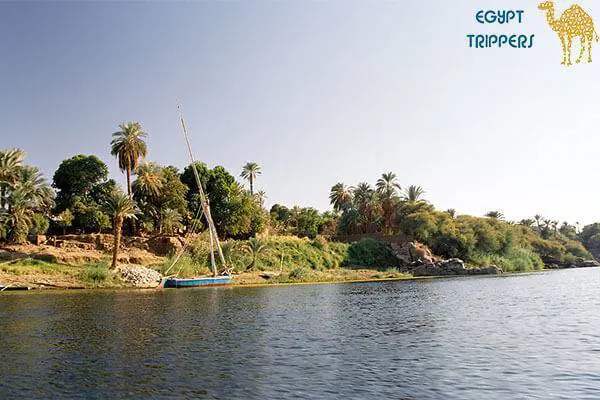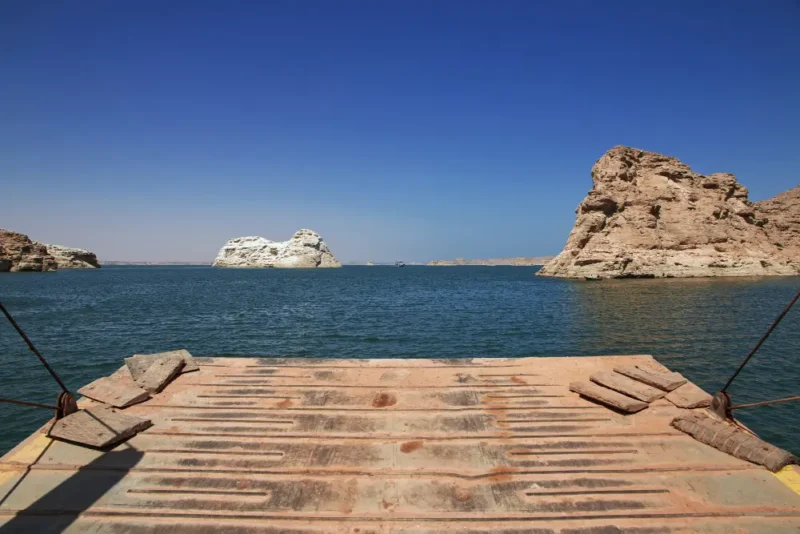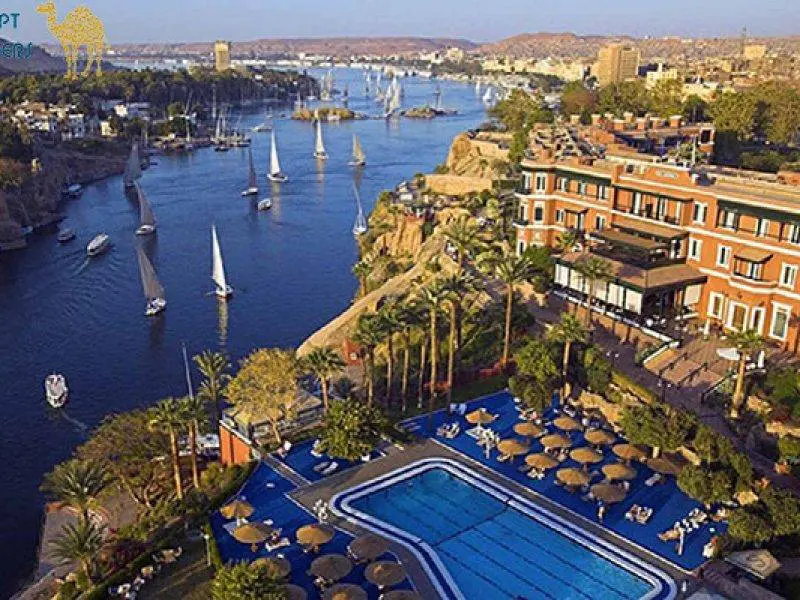What to Expect When you Visit The Elephantine Island?

The Elephantine Island is opposite the city of Aswan, Upper Egypt. Its name means “ivory” or “elephant” which indicates its significant role in the ivory trade. At the southern part of the island is the location of the ancient Abu. It became Egyptian’s southern frontier with the construction of a fortress during the 1st dynasty.
It became a trading center even during the pharaonic age. By the 6th dynasty, Abu was an administrative center until the Graeco-Roman era. The Elephantine Island was dedicated to Khnum, the ram god, Satet, his spouse, and Anket, their daughter. The Pharaohs of the 18th and 19th dynasties built a magnificent temple for Khnum on the island.
The Pharaohs built more temples for other gods and goddesses. They also modified the existing structures. The religious complexes occupied an extensive area of the island. They forced residential neighborhoods to move to Aswan city and the northern part of the island. During the 4th Century AD, Christianity became the imperial Roman religion. It ended the waning worship of the ancient gods on Elephantine Island.
Why You Should Visit The Elephantine Island
If you are interested in monumental ruins, Elephantine Island is an ideal place to add to your tours in Aswan. It hosts archeological sites and important ancient ruins. Some monumental ruins are valuable and need to be investigated. Archeological expedition helped the recovery of some antiquities in Elephantine Island.
During the excavation expedition by a German-Swiss team, the granite gateway of Khnum temple was discovered. Also, the temples of Khnum and Satet as well as artifacts dated back to ancient times were uncovered. The excavation expeditions started with the search for the Aramaic papyri in the 19th Century.
The Aramaic papyri were the first evidence that documented the presence of Jewish mercenaries in Elephantine Island. The recordings took place during the Persian era in Egypt. The findings of the archeological expeditions are recorded. They have been useful in the restoration of the Old Kingdom monuments on the island.
Besides a tour of the ancient ruins, you can also visit the Elephantine Museum. It displays excavated antiquities from the prehistoric Elephantine. And if you want to have a relaxing experience in a traditional environment, spend some time at the island’s Nubian villages. The peaceful atmosphere of Koti and Siou villages will help calm your nerves.
What to Expect at The Elephantine Island?
Currently, the island is the location of two villages, Koti and Siou. Nestled between the Movenpick Resort (at the north) and the ancient ruins (in the south), are these calm Nubian villages. A path through the center of the island connects the two villages. However, the bustling city of Aswan is opposite the island.
You can only get to the island by boat. Board a boat at the Aswan quay or take the public ferry. The commuting fare of the ferry is the cheapest. You can catch the public ferry to the ruins at the southern part of the island or the Siou village. You will stop at the Nubian Dreams if you opt for the latter route.
If you decide to spend the night or some days at the island, Mango guesthouse and Movenpick resort offer the best accommodation. Besides the comfortable, neat, and spacious rooms, the Mango guesthouse provides delicious meals. You can also relax in its beautiful garden. The luxurious Movenpick resort occupies the northern part of the island. Its only entrance is near Baba Dool, a colorful Nubian house.
The only ATM on the island is at the resort. Except for Baba Dool and a few other houses painted in Nubian bright colors, the villages resemble the Egyptian countryside. The owner of Baba Dool arranges music and dancing performance. He also serves tea and sells Nubian handicrafts.
The Nubian Dreams restaurant is an ideal place to have dinner. You will enjoy the striking views of the Nile while you dine. Unfortunately, you can’t view the sunset from the restaurant.
Things to Do on the island
Besides enjoying the tranquility of the villages there are other things to do on the island. You can watch the sunset from a boat, visit the ruins of the prehistoric Abu Temple, and other attractions. The two Nilometers that are evidence of irrigation determine the water level of the Nile River. They are just like basins with inscriptions.
The Nubian Museum has signs written in English. Cosmetic items and marriage contracts significant exhibits displayed in the museum. You can also take a boat trip to the west bank to visit the monastery. From that site, you will have a stunning view of the Egyptian desert and the Nile. You can take a 45-minute walk from the monastery to the colorfully painted Tombs of the Nobles.
A public ferry can take you back to Elephantine Island after a tour of the attraction sites. However, you may take a ferry to the east bank and spent some time walking around the Aswan quay.





Leave a Reply